How to Run Digital Like It’s 2025
Also inside: who’s quietly winning the 2028 digital primary, why the Trump admin’s first creator engagement back in February was a truly wild decision, and more
Hi everyone! Patrick Stevenson here, back with Part 2 of this summer series on Democratic digital strategy. Last week, we looked at just how far behind legacy political media is falling — and why pretending otherwise is costing us votes.
This week, let’s talk about what actually works: Who’s building real reach, who’s getting partner engagement right, and what a digital program looks like when it actually reflects the internet people look at.
More on that below, but first…
Digital ad spending, by the numbers:
FWIW, U.S. political advertisers spent about $8.9 million on Facebook and Instagram ads last week. Here were the top ten spenders nationwide:
Somehow, American Prosperity Alliance and Americans for Prosperity are different things — the former is a former-Speaker Kevin McCarthy-aligned group, and the latter a well-heeled Koch Brothers project. Americans for Prosperity is running a pretty interesting flight of ads with a sign-up-to-volunteer call to action — one imagines the cost-per-conversion on these is high.
Meanwhile, political advertisers spent just under $2.1 million on Google and YouTube ads last week. These were the top ten spenders nationwide:
The Save My Country Action Fund, Majority Forward Fund, Unrig Our Economy, and Reproductive Freedom for All ad flights this week all target swingy congressional districts and potential Senate battlegrounds, highlighting the elected officials’ recent votes to target Medicaid. One imagines this will be a staple of these charts for the next 18 months!
On X (formerly Twitter), political advertisers in the U.S. have spent around $5.5 million on ads in 2025. According to X’s political ad disclosure, here are the top spenders year to date:
…and lastly, on Snapchat, political advertisers in the U.S. have spent just under $1.1 million on ads in 2025. Here are the top spenders year to date:
Are you a mission-aligned company or organization?
COURIER would love to partner with you and amplify your work to our engaged audience of 190,000+ policy influencers and high-information active news consumers. Send a note to advertising@couriernewsroom.com for more.
How to Run Digital Like It’s 2025
One of the most common questions we got after last week’s issue was: “Okay…but who’s actually running a good digital program right now?”
One way to answer that question is to look at the top 25 Democratic campaigns and organizations by social media engagement per post (non-X/Twitter) over the past 30 days, based on data from the team at Resonate. We’re leaving creators and publishers out for now — just looking at Democratic officials and orgs:
The top of this chart features people who are going to run for president, have run for president, or have been president, so it’s not that noteworthy that they have high engagement — the really interesting part of this chart is in the middle. Two quick things that stood out:
James Talarico is really having a moment after his Joe Rogan appearance.
AOC has three separate accounts in the top 25 of all progressive elected officials, candidates, and orgs.
Another way of looking at it: top 25 Democratic campaigns and organizations by total social media engagement (non-X/Twitter) over the past 30 days:
This is mostly a chart of “who posts a lot” — and raw volume doesn’t tell the whole story. Some programs post 200 times a week (the DNC, and also, you guessed it, Sen. Sheldon Whitehouse), while others post twice (for example, Joe Biden).
But let’s zoom out for a second. How do Democratic elected officials and party committees stack up as a whole against the ecosystem of independent publishers and creators? Using Resonate’s data, we’ve sorted the pages they track into three categories:
Individual creators (e.g. Carlos Eduardo Espina, Aaron Parnas, Brian Tyler Cohen)
Digital publishers (e.g. Occupy Democrats, More Perfect Union, Meidas Touch)
Democratic campaign/committee/official office accounts (e.g. Kamala Harris, Bernie Sanders, DNC)
We pulled the top 25 digital publishers and 25 individual creators that Resonate classifies as “left-leaning” to compare against the top 25 progressive elected officials and party committees:
Even the best campaign accounts are playing minor league ball compared to the engagement that creators and publishers are getting, which is how they’re shaping the ecosystem around them. The math is clear: with very few exceptions, Democratic and progressive elected officials, committees, and organizations are simply not driving the conversation on social media. Even James Talarico’s big social media moment this week was driven by clips like this one from NowThis, which pulled 1.8M views on IG – not as much from his owned social accounts.
If independent creators and publishers are the ones driving reach, why are we still staffing digital teams like it’s 2016?
If the top-performing content is coming from trusted outside voices, why are so many digital teams staffed and funded to prioritize their own in-house content production? Why aren’t more organizations collaborating with progressive publishers who are generating 100x their reach? Organizations should be moving aggressively to build partnership capacity, creator strategy, and rapid amplification plans.
How Not to Screw Up Creator Engagement
Most people understand that creators matter, but many orgs and offices still hesitate to engage beyond saying, “Someone should go on Joe Rogan.” So here are a few rules for getting started, many of which I learned the hard way when I ran creator programs at the White House and DNC:
1. Fit is more important than worrying about “political” or “non-political” creators
Start with creators your principal will actually vibe with. For most politicians, that’s going to be political creators — it’s where they can show passion, fluency, and comfort. And yes, those creators still reach young, ideologically open audiences — TikTok and YouTube algorithms make sure of it.
Non-political creators can unlock massive reach, but there’s more risk. Many aren’t fluent in politics, and one misstep can cost them tens of thousands of followers and lucrative brand deals. These collaborations can take months to plan and can fall apart at the last second.
So, be clear going in: Who can actually highlight something cool about your principal? What does the creator get out of it? If you can answer both, you’ve got a shot at something special.
Wes Moore’s collab with the basketball creator @lethalshooter was perfect: the Governor draining jumpers, followed by a conversation about lifting up young Black men — a shared priority. A great collab that highlighted different sides of both people than their audiences are used to seeing.
2. Lead with access, not asks
If your first move is adding a creator to your talkers list… you’re doing it (very) wrong.
Rep. Alexandria Ocasio-Cortez has quietly built real relationships with NYC creators — especially non-political ones — by reaching out just to talk. No ask. No agenda. That kind of trust pays off when it counts.
Access goes further than a quote or a clip. In recent months, Barack Obama and Pete Buttigieg have hosted off-the-record roundtables with creators, not to record content, but to get to know them and their audiences.
Even simple moments matter: getting a creator a spot in a photo line, inviting them to a joint address (like Rep. Ro Khanna did with Carlos Eduardo Espina earlier this year), or just printing out some Instagrammable nameplates for a meeting. Relevance is currency. Help creators earn it, and you will reap returns.
3. Creators are constituents
Gov. Josh Shapiro’s team gets this better than anyone. They’ve connected with nearly every creator in Pennsylvania — not just as messengers, but as small business owners. His team hosts dozens of events to create bridges of opportunities between creators, their audiences, and Governor Shapiro’s priorities for Pennsylvania.
If you work in a government office, this is your cheat code: creator outreach = constituent services. Ask about their business. Ask what’s in their way. Then help.
4. Your principal needs to be engaged
Earlier this year, I helped President Obama’s team organize an off-the-record roundtable with creators. It was supposed to be 50 minutes. He stayed for 90 — taking notes the whole time.
A lot of offices, organizations, and party committees have had opportunities to engage creators in a similar way. Their principals — who are, let’s just say, not Barack Obama — passed. That’s a mistake.
Having competent mid-level staff who understand the creator space is important. But just as a union leader needs a call from the Chair, so do the creators (and tbh, they might be more influential at this point).
The 2028 Primary Is Already Happening – Online
Some candidates are quietly winning the digital primary to be the Democratic Party’s next nominee. Look at the names above — it’s no coincidence that many of the leading innovators in this space are already generating buzz as 2028 contenders.
In a primary, relationships matter. Some creators think of themselves more as journalists and will maintain neutrality, some won’t — don’t be surprised when you see some creators endorsing, raising money, or even getting out there on the stump for candidates. The candidates investing in those relationships now have a head start. The rest will be playing catch-up.
Thank you!
It has been a lot of fun writing this newsletter for the past couple of weeks — I appreciate you reading.
The point I hope to leave you with is this: Democrats are finally modernizing their comms approach — but the data is screaming: go further. Much further.
If we were to take a truly data-driven approach to political communications, that would mean reducing the amount of time and resources spent on legacy media outreach and running owned social programs, and doubling down on working with the creators and publishers whose audiences actually listen, engage, and act — the kind of trust most campaigns spend millions trying to buy.
Are you a mission-aligned company or organization?
COURIER would love to partner with you and amplify your work to our engaged audience of 190,000+ policy influencers and high-information active news consumers. Send a note to advertising@couriernewsroom.com for more.
More from around the internet:
A good piece of schadenfreude from Politico this week about the deteriorating vibes in the Trump White House. The first digital creator engagement Trump’s team did this year was inviting the right-wing influencers over to give them binders with a bunch of already public info about the Epstein files. They could have done anything for their first creator engagement! And what they specifically decided to do was *raise the salience of the Epstein Files.*
This felt like the week that the internet started to turn on Jubilee’s political debate videos. But no matter how you feel about Jubilee, this is the type of political content most casual political observers are consuming.
Amanda Litman has a great piece on what stories Democrats should be telling. Her thesis is similar to what I’ve been trying to say the past couple of weeks: “It’s all just so small. Too many people are trying to win the last election instead of trying to win the next ten.”





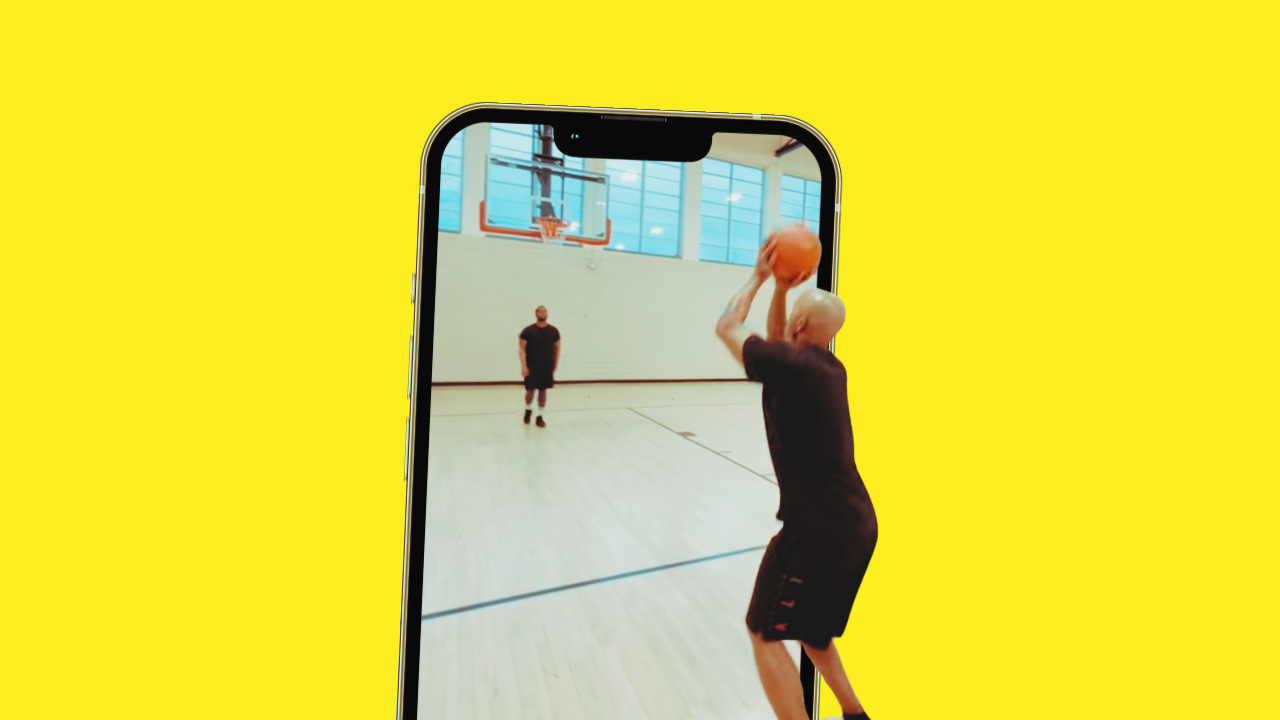
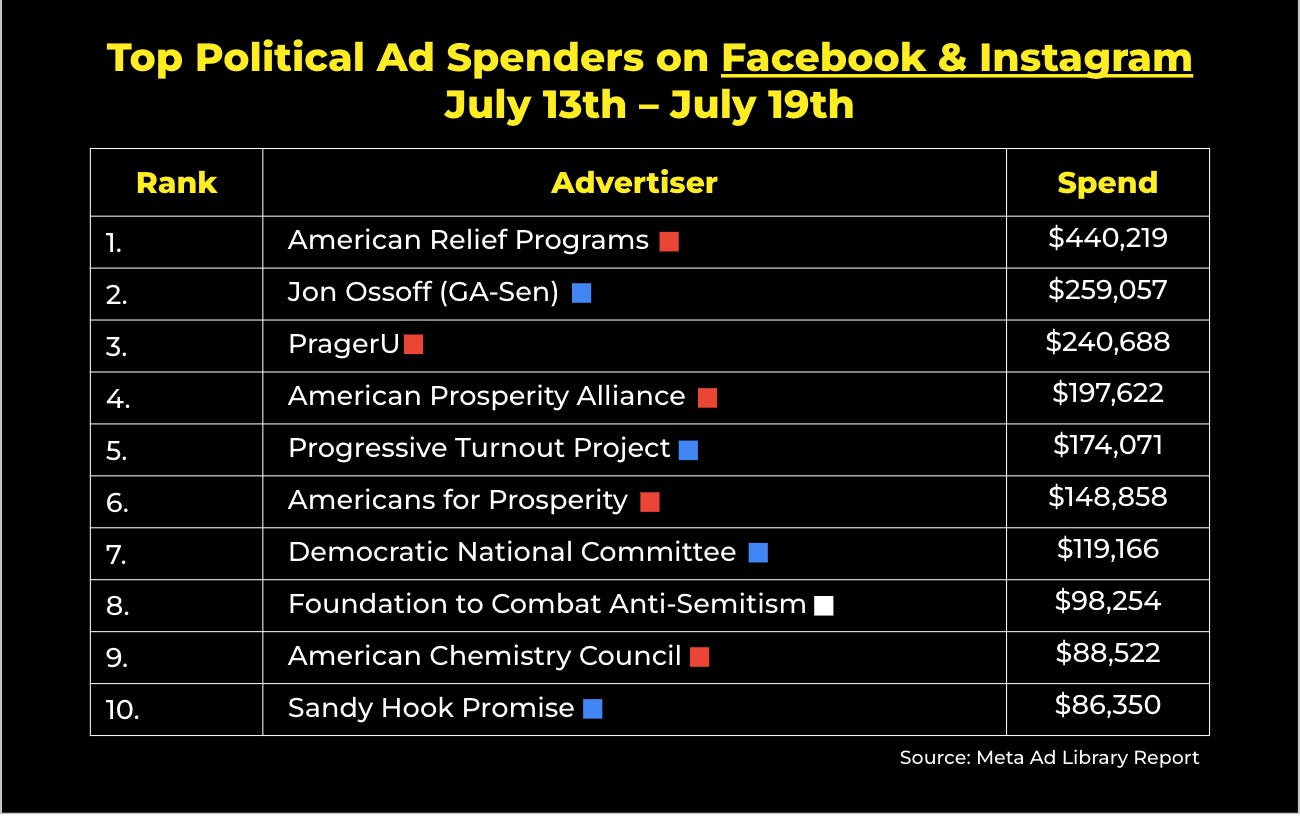
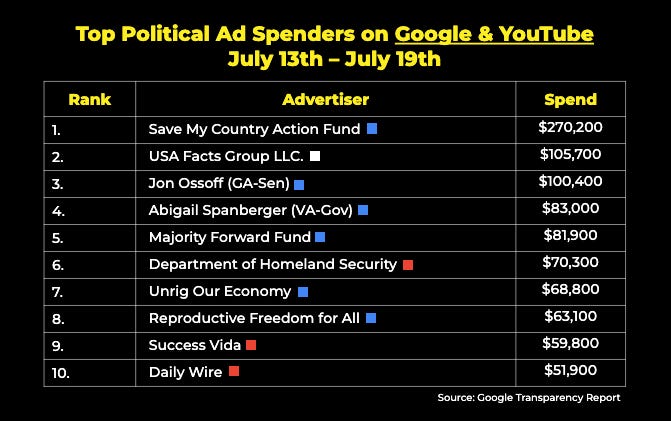
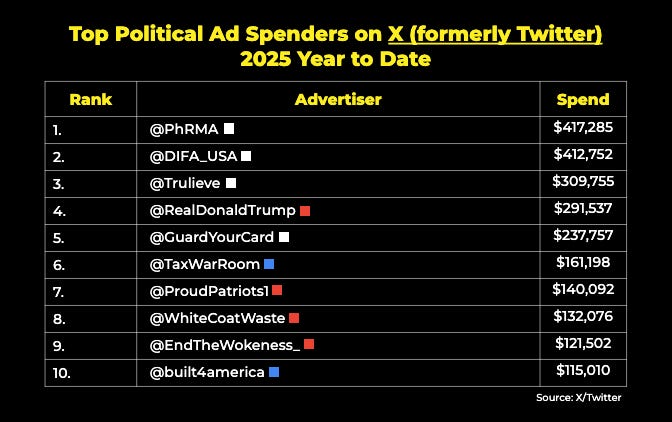
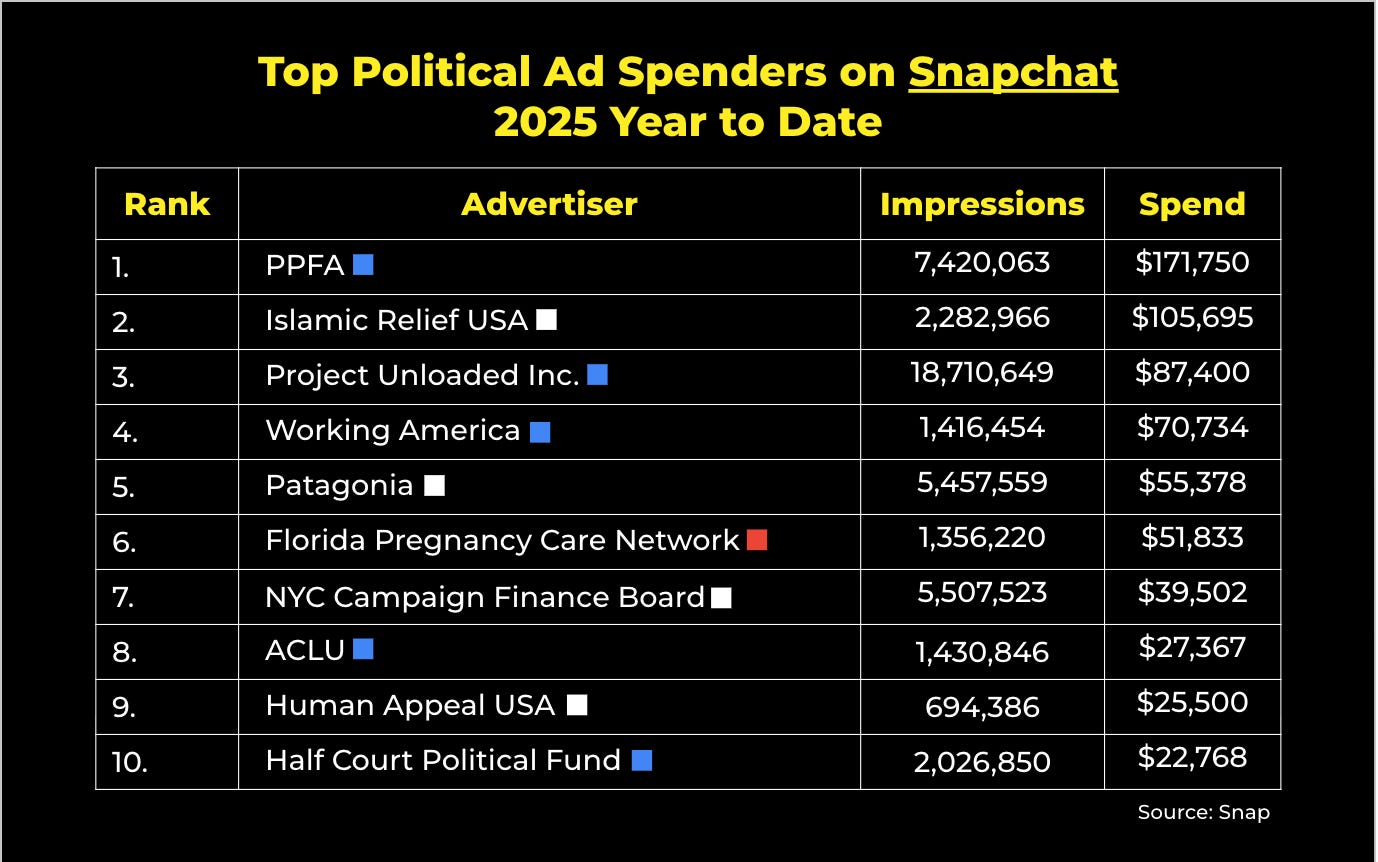
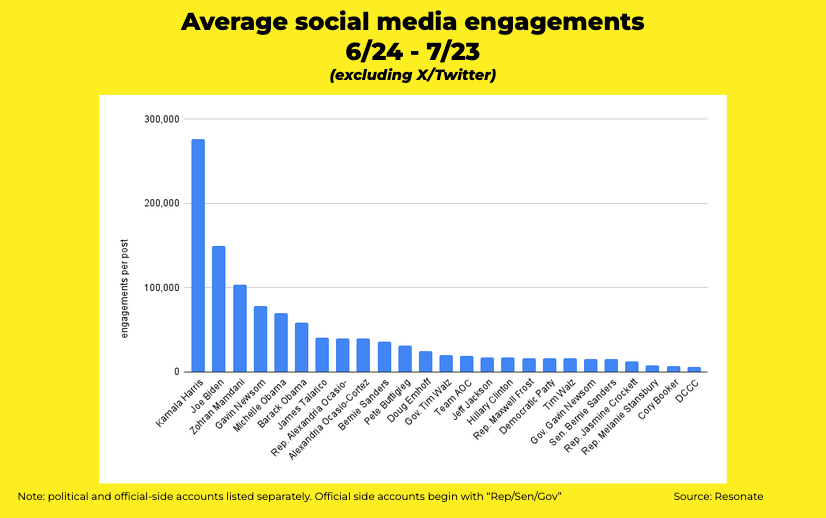
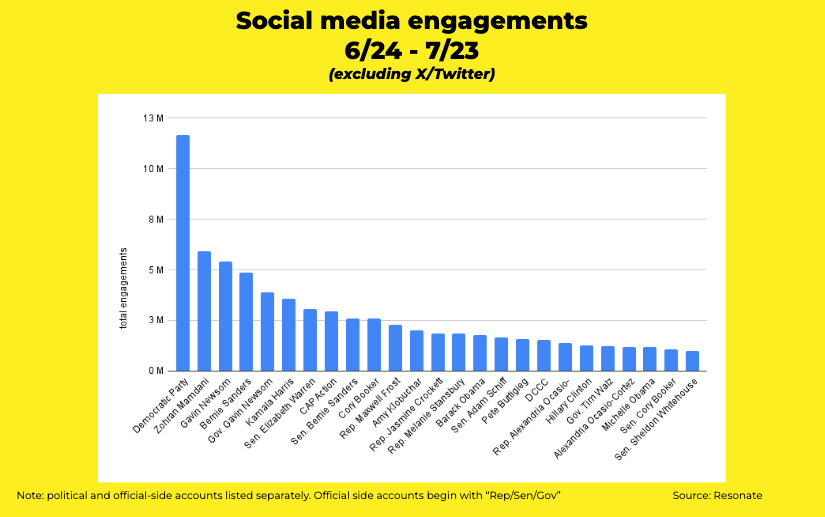
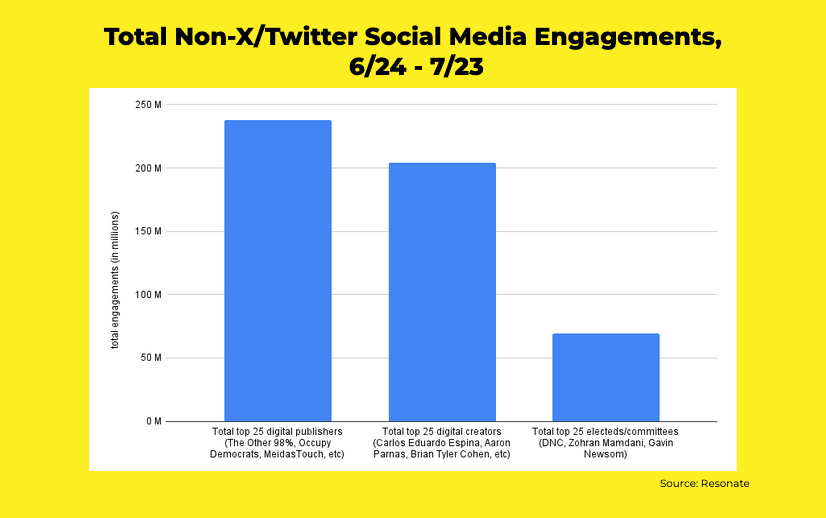

Really good stuff! Thank you!! So important.